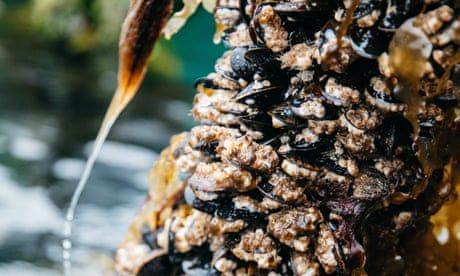
Low sea-surface temperatures in winter and spring a strong predictor of high toxin levels in shellfish in summer
Folk wisdom says you should only eat shellfish during months containing the letter “r”. That is likely to be because food poisoning from shellfish consumption is more likely during the “r-free” summer months – May to August – when the water is warmer and toxins can multiply more easily, and there is a greater likelihood of seafood spoiling in warmer weather. However, a study has shown that not all summers carry the same risk, and monitoring weather conditions in the winter and early spring could provide early warning of when to avoid moules marinière.
Researchers developed a model using winter and spring sea-surface temperatures to predict the severity of harmful algal blooms (and hence the risk of toxins entering shellfish) during the subsequent summer months. They tested their model on aquaculture regions on the west coast of Scotland and around Shetland, and showed that low sea-surface temperatures in winter and spring were a strong predictor of high levels of toxins in shellfish in the summer. Previous research has shown that a long period of chilling aids synchronised germination of harmful algal blooms when waters warmed.
Continue reading...